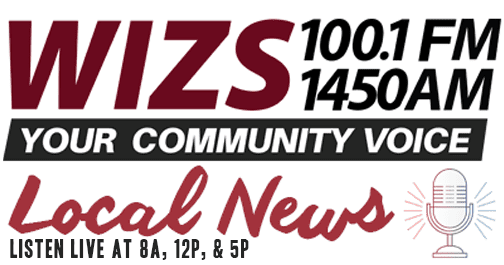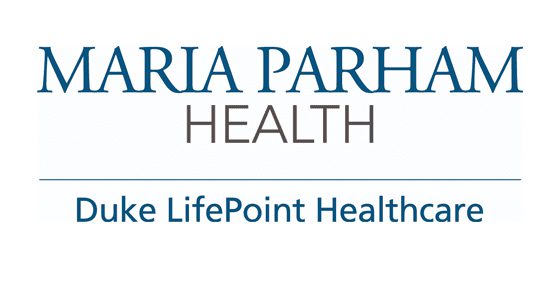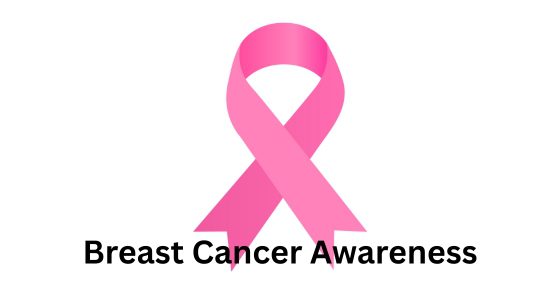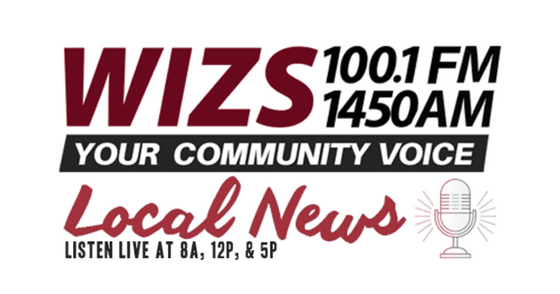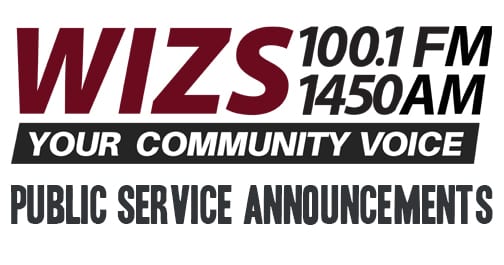February is American Heart Month and Maria Parham cardiologist Dr. Mohammad Akhter has a question to ask: “Do you know how healthy your heart is?”
The heart is one of the hardest working parts of the body, Akhter said in an article sent to WIZS as part of American Heart Month.
Knowing some key terms – and understanding what they mean with regard to heart health – are important to keep in mind, he said.
People hear about blood pressure and cholesterol, but knowing your own numbers and taking action to control them is an important step to maintain heart help. Targets for healthy cholesterol levels can vary based on age and gender, but a general rule of thumb for adults is to aim for 125-200 mg/dL. Too much LDL (the “bad” kind) or not enough HDL (the “good” kind) increases the risk for build-up or blockage in arteries, which could lead to heart attack or stroke.
As for blood pressure, Akhter said that the 120 over 80 is still a good guideline, and readings above those levels would be considered elevated or high. Readings greater than 130/80 are considered hypertensive.
“High blood pressure can be a significant contributor to and sign of serious heart issues,” Akhter said. “Unfortunately, it is an all-too-common condition, affecting nearly half of American adults according to the American Heart Association, and presenting no symptoms the majority of the time,” he said.
Fortunately, high blood pressure can be lowered and managed with the proper care, including diet and medication.
Health professionals usually perform the blood analysis that gives individuals their cholesterol level and blood pressure, but there’s another indicator that Akhter points to that could be a predictor of heart problems – a patient’s waist size.
He cited a study by the National Heart, Lung and Blood Institute which showed that men with a waist size larger than 40 inches and women with a waist size greater than 35 inches are at higher risk for heart disease and type 2 diabetes.
“The good news is that healthy eating and physical activity can help you lower and maintain a healthy waist size and stay on the road to good heart health,” he said.
Risk factors like high cholesterol and blood pressure can also run in your family, so knowing your family’s heart health history can help you stay alert to your own health risks. And while these aren’t the only markers on the map to good heart health, they are key factors in determining how healthy your heart is and your risk for heart issues now or down the road. Your primary care provider can check these numbers for you – including during your annual check-up – and work with you on a plan to make any changes necessary to get you back on track, whether it’s simple lifestyle changes or medication if necessary.
Call 800.424.DOCS to make an appointment. For more information on heart health, visit heart.org. Take a free heart health assessment at MariaParham.com/heart-care.




